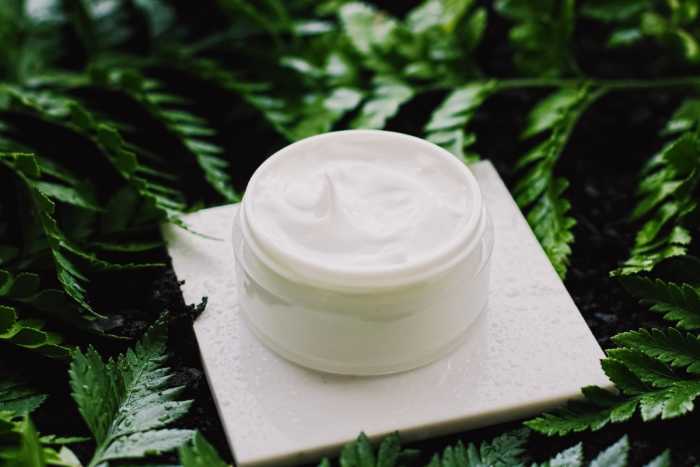Cosmetics testing services

- Fast turnaround times
- Personal service from method experts
- Competitive prices
- Result accuracy guarantee
Microbiological tests
The microbiological quality of cosmetics needs to be assessed to ensure that products retain their quality for the declared shelf life period without succumbing to microbial growth. Our testing options include stability & compatibility testing, microbiological analyses by European Pharmacopoeia standards, and challenge tests to evaluate the preservation efficacy of cosmetic preservatives.

Chemical testing
Chemical tests are needed to ensure that the composition of a cosmetic product complies with relevant regulations, such as the EU Cosmetics Regulation. Cosmetics must not contain prohibited substances, including certain PFAS and PAH compounds, heavy metals, nitrosamines, and phthalates. To market products as “allergen-free”, it must also be demonstrated that they do not contain known allergenic fragrance components.
In addition to ensuring the absence of prohibited ingredients, cosmetics manufacturers need to make sure that the used colorants, preservatives, and UV filters are authorized and are not present in unacceptably high quantities. Our chemical analysis options for cosmetics include allergenic fragrance screening, contaminant analysis, and biocide testing for determining the concentrations of different preservatives, such as isothiazolinones.
Phthalates analysis package (REACH)
Semi-quantitative elemental screenign with ICP-SFMS
Fragrance allergens in cosmetic products (Regulation (EC) 1223/2009)
Prices excluding VAT.
Dermatological testing
Dermatological tests, such as patch tests, are used to evaluate the reactions that a cosmetic product may induce when applied to the skin. Testing is performed on a group of human volunteers under the supervision of a dermatologist. In addition to evidencing the claim “dermatologically tested”, patch tests can be used to evaluate the product’s suitability for different skin types.
Testing to support additional product claims
Regulation (EU) 655/2013 sets the framework for product claims that can be used to market cosmetics within the Union. The key principle is that all claims must be demonstrably true and based on solid evidence. Often, the evidence consists of results from use tests, where a group of volunteers is exposed to the product and subsequently surveyed and observed by a specialist.
Measurlabs offers cosmetics use tests for supporting a number of product claims, including the following:
Moisturizes the skin
Restores the function of the skin barrier
Does not sting the eyes
The number of volunteers and their skin types can be chosen to evaluate the product's suitability for different target groups. You can see more information about typical testing specifications for barrier cream efficacy testing here, or get in touch with our experts to discuss the options for testing other cosmetic products.
Request a quote
Fill in the form, and we'll reply in one business day.
Have questions or need help? Email us at info@measurlabs.com or call our sales team.
